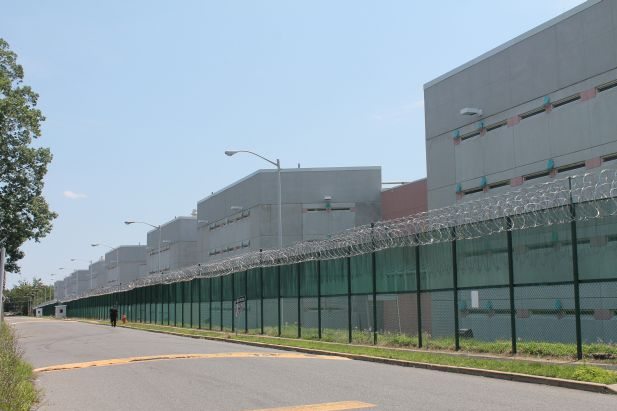The Peace in Waiting by Nico Campalans
Waiting is part and parcel of healthcare, whether you’re waiting for a provider, waiting for test results, or even waiting for a medication to produce its intended effect. Logistical and biochemical realties are often to blame for these delays, yet, not all wait times are created equal. A recent study in the Journal of Primary Care and Community Health found that a patient’s perception of care is influenced by their socioeconomic status (SES)1. Patients enrolled in state Medicaid reported that their public insurance contributed to delays in access to care, such as waiting months for an appointment with a primary care doctor or needing to travel long distances to find physicians who accept public insurance2.
Incarceration rates and SES are also strongly linked. The median annual income of Americans aged 27-42 prior to incarceration is reported to be $19,850, 41% less than unincarcerated citizens3. The takeaway - poorer individuals wait longer to see the doctor in the community and are also incarcerated at higher rates. So what happens when an incarcerated person waits for care inside jails and prisons?
While my service at the Philadelphia jails does not take place in a strictly clinical environment, I am granted some insight into the jail’s healthcare system through my conversations with Action Wellness clients. Upon arriving at Curran-Fromhold Correctional Facility, the processing site for newly incarcerated individuals in Philadelphia, inmates undergo a medical evaluation which involves a blood workup to screen for certain diseases. Follow-up, however, takes time. If someone is newly diagnosed with HIV upon arrival, they might wait two weeks before beginning antiretroviral therapy. This is no fault of the 350 full-time medical staff at the jails who work incredibly hard to care for over 30,000 individuals annually. Rather, it’s just one of many logistical consequences of providing medical care with limited capacity in an environment predicated upon security and safety. While there is some internal equity in the wait times between incarcerated individuals, jail still compounds existing inequities in care on the outside.

Over the last four months, I have learned that the Philadelphia jails demand a great deal of patience from those within. Official visitors wait for clients to arrive in pre-designated rooms, loved-ones wait in crowded ques, inmates wait out sentences and time between hearings, and correctional staff wait for shift change while performing their duties. While I may wait alone in a confined space with nothing but a notepad and paper for 90 minutes for a client who doesn’t show, I am inevitably reminded that this is a mere inconvenience in light of the experiences of those around me. Hours seems to move more slowly without the amenities (or distractions) of a typical office space, helping me reflect on my own reactions to waiting, whether through writing, drawing, or meditating. While this stillness is alternatingly punctuated by routine wave-throughs by correctional staff and emotional interactions with clients, it’s helped me become more gracious for the time I have outside, and deepened my understanding of what clients undergo. I feel that I am beginning to learn how to find peace in the process, and hope that I may better support others in accomplishing the same.
1Arepy, N. C., Gaglioti, A. H., Rosenbaum, M. E. (2017). How Socioeconomic Status Affects Patient Perceptions of Health Care: A Qualitative Study. Journal of Primary Care & Community Health, 8 (3), 169–175.
2Ibid
3Rabuy, B., Kopf, D. (2015). Prisons of Poverty:Uncovering the pre-incarceration incomes of the imprisoned. Retrieved from Prison Policy Initiative.